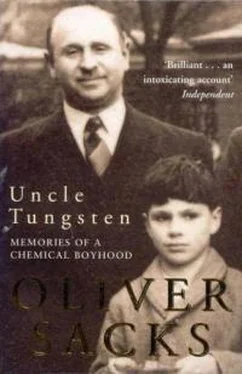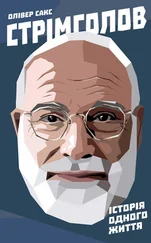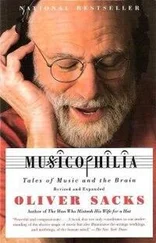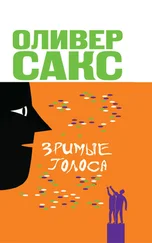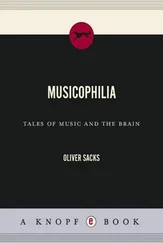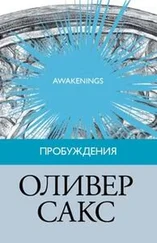The work before him, he wrote, ‘seemed to me destined to bring about a revolution in physics and in chemistry. I have felt bound to look upon all that has been done before me merely as suggestive… like separate pieces of a great chain.’ It remained for someone, for him , he felt, to join all the links of the chain with ‘an immense series of experiments… in order to lead to a continuous whole’ and to form a theory.
While confiding this grandiose thought to his lab notebook, Lavoisier set to systematic experiments, repeating many of his predecessors’ work, but this time using a closed apparatus and meticulously weighing everything before and after the reaction, a procedure which Boyle, and even the most meticulous chemists of Lavoisier’s own time, had neglected. Heating lead and tin in closed retorts until they were converted to ash, he was able to show that the total weight of his reactants neither increased nor decreased during a reaction. Only when he broke open his retorts, allowing air to rush in, did the weight of the ash increase – and by exactly the same amount as the metals themselves had increased in being calcined. This increase, Lavoisier felt, must be due to the ‘fixation’ of air, or some part of it.
In the summer of 1774, Joseph Priestley, in England, found that when he heated red calx of mercury (mercuric oxide) it gave off an ‘air’ which, to his amazement, seemed even stronger or purer than common air.
A candle burned in this air [he wrote] with an amazing strength of flame; and a bit of red hot wood crackled and burned with a prodigious rapidity, exhibiting an appearance something like that of iron glowing with a white heat, and throwing out sparks in all directions.
Entranced, Priestley had investigated this further, and found that mice could live in this air four or five times longer than in ordinary air. And being thus convinced that his new ‘air’ was benign, he tried it himself:
The feeling of it to my lungs was not sensibly different from that of common air; but I fancied that my breast felt peculiarly light and easy for some time afterwards. Who can tell but that, in time, this pure air may become a fashionable article in luxury. Hitherto only two mice and myself have had the privilege of breathing it.
In October of 1774, Priestley went to Paris and spoke of his new ‘dephlogisticated air’ to Lavoisier. And Lavoisier saw in this what Priestley himself did not: the vital clue to what had perplexed and eluded him, the real nature of what was happening in combustion and calcination. [16] In this same month, Lavoisier got a letter from Scheele describing the preparation of what Scheele called Fire Air (oxygen) admixed with Fixed Air (carbon dioxide), from heating silver carbonate; Scheele had obtained pure Fire Air from mercuric oxide, even before Priestley had. But in the event, Lavoisier claimed the discovery of oxygen for himself and scarcely acknowledged the discoveries of his predecessors, feeling that they did not realize what it was that they had observed. All this, and the question of what constitutes ‘discovery,’ is explored in the play Oxygen , by Roald Hoffmann and Carl Djerassi.
He repeated Priestley’s experiments, amplified, quantified, refined them. Combustion, it was now clear to him, was a process involving not the loss of a substance (phlogiston), but the combination of the combustible material with a part of atmospheric air, a gas, for which he now coined the term oxygen. [17] Replacing the concept of phlogiston with that of oxidation had immediate practical effects. It was now clear, for example, that a burning fuel needed as much air as possible for complete combustion. François-Pierre Argand, a contemporary of Lavoisier’s, was quick to exploit the new theory of combustion, designing a lamp with a flat ribbon wick, bent to fit inside a cylinder, so that air could reach it from both the inside and the outside, and a chimney which produced an updraft. The Argand burner was well established by 1783; there had been no lamp so efficient or so brilliant before.
* * *
Lavoisier’s demonstration that combustion was a chemical process – oxidation, as it could now be called – implied much else, and was for him only a fragment of a much wider vision, the revolution in chemistry that he had envisaged. Roasting metals in closed retorts, showing that there was no ghostly weight gain from ‘particles of fire’ or weight loss from loss of phlogiston, had demonstrated to him that there was neither creation nor loss of matter in such processes. This principle of conservation, moreover, applied not only to the total mass of products and reactants, but to each of the individual elements involved. When one fermented sugar with yeast and water in a closed vessel to yield alcohol, as in one of his experiments, the total amounts of carbon and hydrogen and oxygen always stayed the same. They might be reaggregated chemically, but their amounts were unchanged.
The conservation of mass implied a constancy of composition and decomposition. Thus Lavoisier was led to define an element as a material that could not be decomposed by existing means, and this enabled him (with de Morveau and others) to draw up a list of genuine elements – thirty-three distinct, undecomposable, elementary substances, replacing the four Elements of the ancients. [18] Lavoisier’s list of elements included the three gases he had named (oxygen, azote [nitrogen], and hydrogen), three nonmetals (sulphur, phosphorus, and carbon), and seventeen metals. It also included muriatic, fluoric, and boracic ‘radicals’ and five ‘earths’: chalk, magnesia, baryta, alumina, and silica. These radicals and earths, he divined, were compounds containing new elements, which he thought would soon be obtained (all of them were indeed obtained by 1825, except fluorine, which defeated isolation for another sixty years). His final two ‘elements’ were Light and Heat – as if he had not been wholly able to free himself from the specter of phlogiston.
This in turn allowed Lavoisier to draw up a ‘balance sheet’, as he called it, a precise accounting of each element in a reaction.
The language of chemistry, Lavoisier now felt, had to be transformed to go with his new theory, and he undertook a revolution of nomenclature, too, replacing the old, picturesque but uninformative terms – like butter of antimony, jovial bezoar, blue vitriol, sugar of lead, fuming liquor of Libavius, flowers of zinc – with precise, analytic, self-explanatory ones. If an element was compounded with nitrogen, phosphorus, or sulphur, it became a nitride, a phosphide, a sulphide. If acids were formed, through the addition of oxygen, one might speak of nitric acid, phosphoric acid, sulphuric acid; and of the salts of these as nitrates, phosphates, and sulphates. If smaller amounts of oxygen were present, one might speak of nitrites or phosphites instead of nitrates and phosphates, and so on. Every substance, elementary or compound, would have its true name, denoting its composition and chemical character, and such names, manipulated as in an algebra, would instantly indicate how they might interact or behave in different circumstances. (Although I was keenly conscious of the advantages of the new names, I missed the old ones, too, for they had a poetry, a strong feeling of their sensory qualities or hermetic antecedents, which was entirely missing from the new, systematic and scentless chemical names.)
Lavoisier did not provide symbols for the elements, nor did he use chemical equations, but he provided the essential background to these, and I was thrilled by his notion of a balance sheet, this algebra of reality, for chemical reactions. It was like seeing language, or music, written down for the first time. Given this algebraic language, one might not need an actual afternoon in the lab – one could in effect do chemistry on a blackboard, or in one’s head.
Читать дальше
